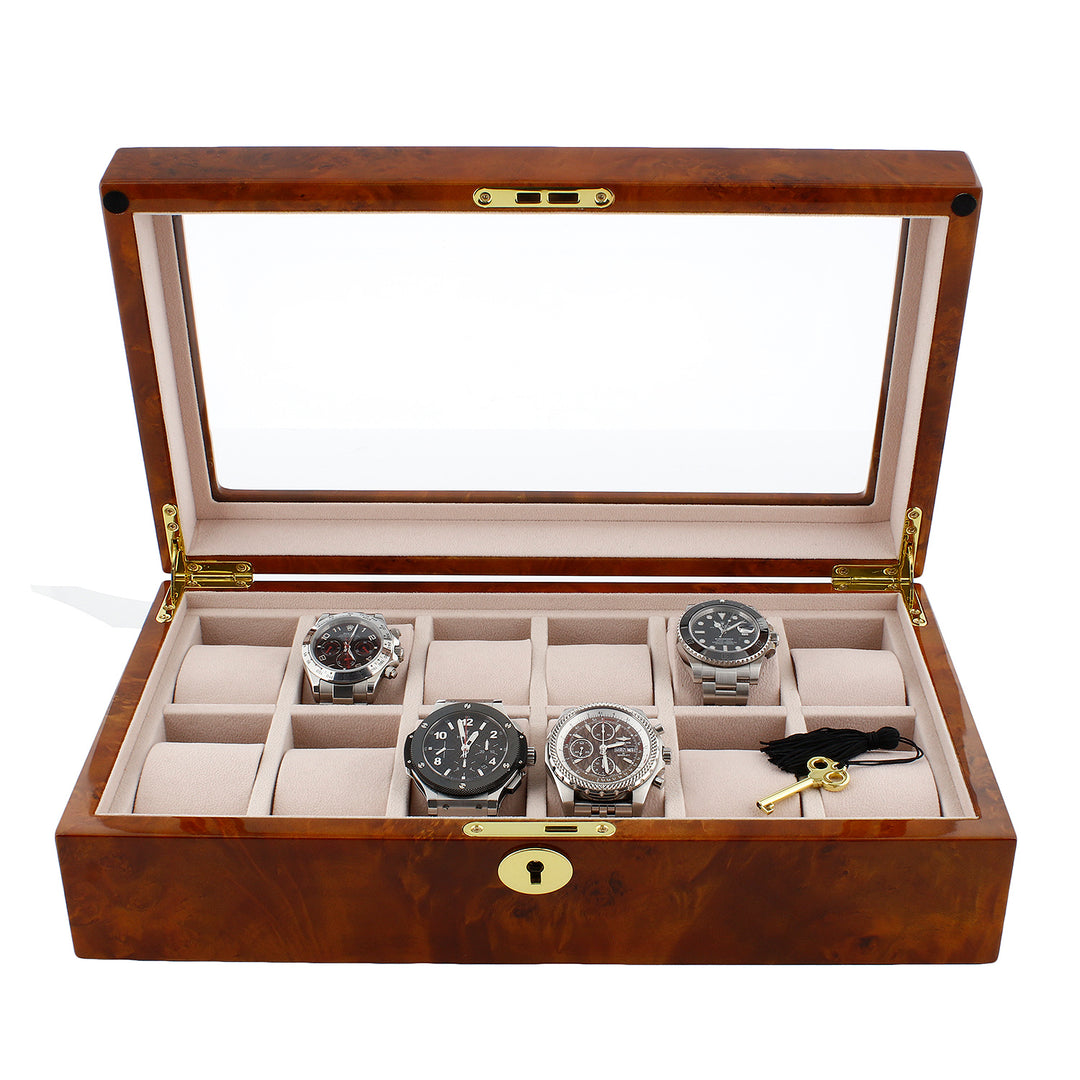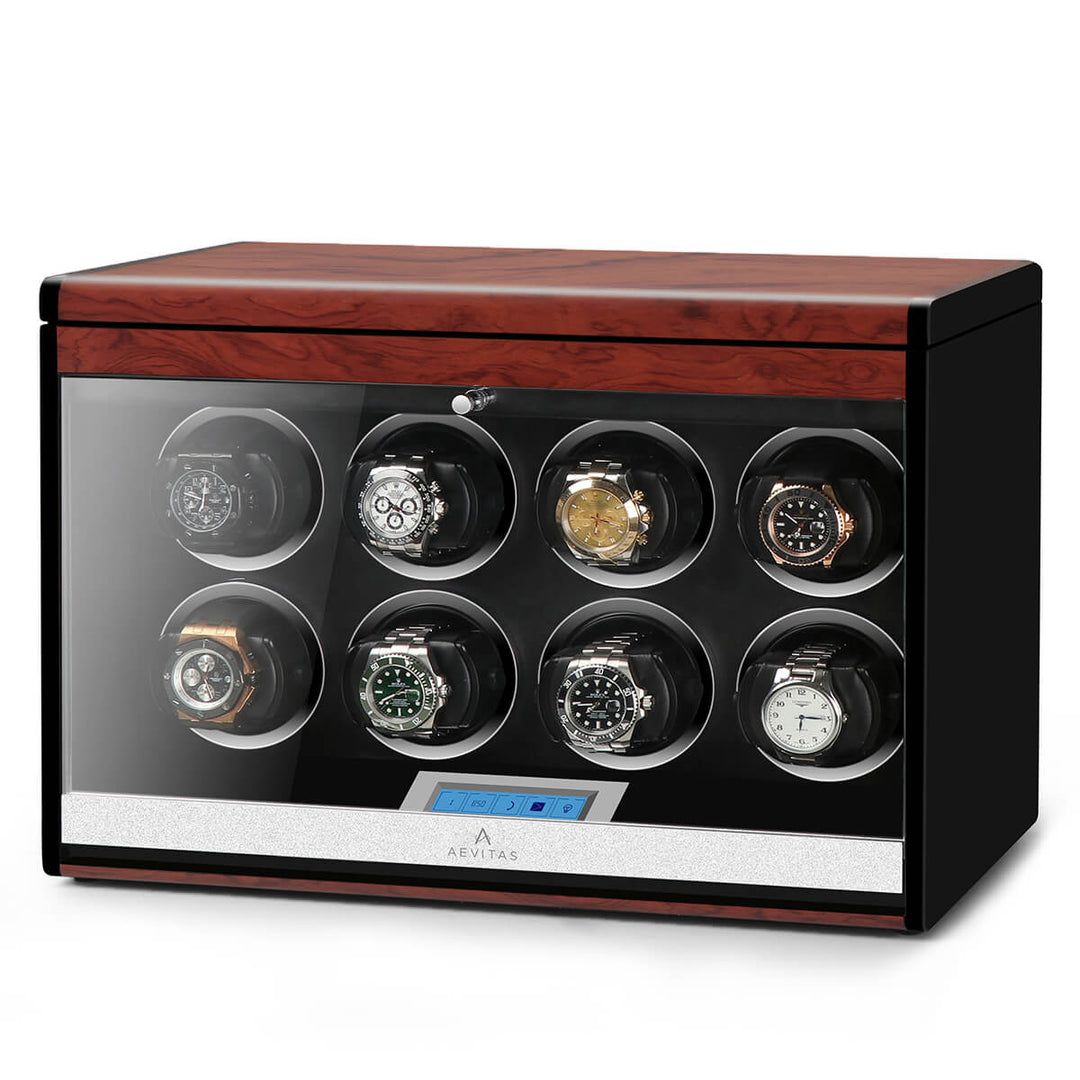When venturing into the world of luxury timepieces, one concept that often arises is the importance of a watch winder. But what exactly is the science behind watch winding mechanisms, and why are they crucial for watch enthusiasts? Let's delve deep into the intricacies of watch winders and unveil their role in preserving and maintaining the precision of automatic watches.
Understanding Automatic Watches
Before we explore watch winders, it's essential to comprehend the mechanism of automatic watches. Unlike quartz watches that rely on batteries, automatic timepieces operate through the kinetic energy generated by the wearer's movements. This energy is stored in a mainspring, which powers the watch's gears and movement.
The Purpose of Watch Winders
Watch winders serve a fundamental purpose for individuals who own multiple automatic watches. When a watch is not worn, it eventually stops ticking as the mainspring unwinds. This is where watch winders come into play by mimicking the natural motion of the wrist, ensuring that the watch remains wound and accurate.
How Watch Winders Work
Watch winders consist of a rotating mechanism that gently turns the watch, keeping the mainspring wound and the watch running smoothly. The rotation settings can usually be adjusted to match the specific requirements of the watch being wound, such as the number of turns per day.
The Benefits of Using Watch Winders
One of the primary advantages of using watch winders is the preservation of the watch's internal components. Continuous running of the movement prevents lubricants from solidifying, ensuring that the watch functions optimally and extends its longevity.
Choosing the Right Watch Winder
When selecting a watch winder, it is essential to consider factors such as the direction and turns per day required for your specific timepiece. Different watches have varying winding specifications, and using the correct settings is crucial in preventing overwinding or strain on the watch's mechanism.
Types of Watch Winders
Watch winders come in different designs, ranging from single to multiple watch winders. Some winders offer additional features like adjustable rotation settings, built-in timers, and storage compartments for extra watch straps and accessories.
Ensuring Watch Accuracy
For watch enthusiasts with a collection of automatic timepieces, watch winders play a vital role in maintaining the accuracy of each watch. By keeping the watches wound and running, watch winders eliminate the need for constantly adjusting the time and date when switching between watches.
Enhancing Decor and Display
Aside from their functional benefits, watch winders also serve as elegant displays for showcasing prized watches. These sleek and sophisticated devices add a touch of luxury to any room while keeping watches organized and easily accessible.
Watch Winder Maintenance
To ensure optimal performance of your watch winder, regular maintenance is key. Cleaning the interior components, checking the rotation settings, and lubricating moving parts are essential steps in preserving the longevity of both the winder and the watches it houses.
The Future of Watch Winders
As technology advances, so do watch winder capabilities. Modern watch winders now feature advanced programming options, battery backup systems, and even Bluetooth connectivity for remote control. These innovations cater to the evolving needs of watch aficionados in preserving and showcasing their prized timepieces.
Embracing the Essence of Time
In essence, the science behind watch winding mechanisms encapsulates the meticulous art of preserving timepieces through innovative technology. By investing in a high-quality watch winder and understanding its functions, watch enthusiasts can ensure that their beloved watches remain accurate, functional, and beautifully displayed for years to come.




Leave a comment